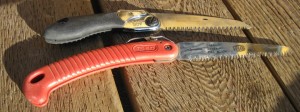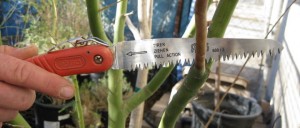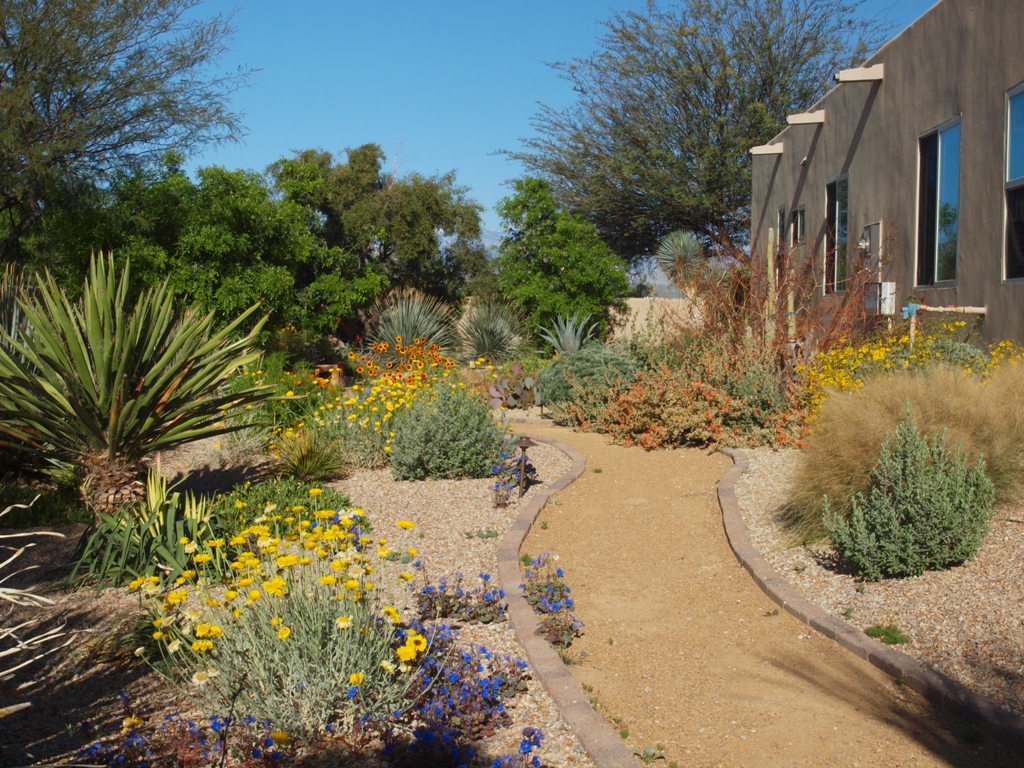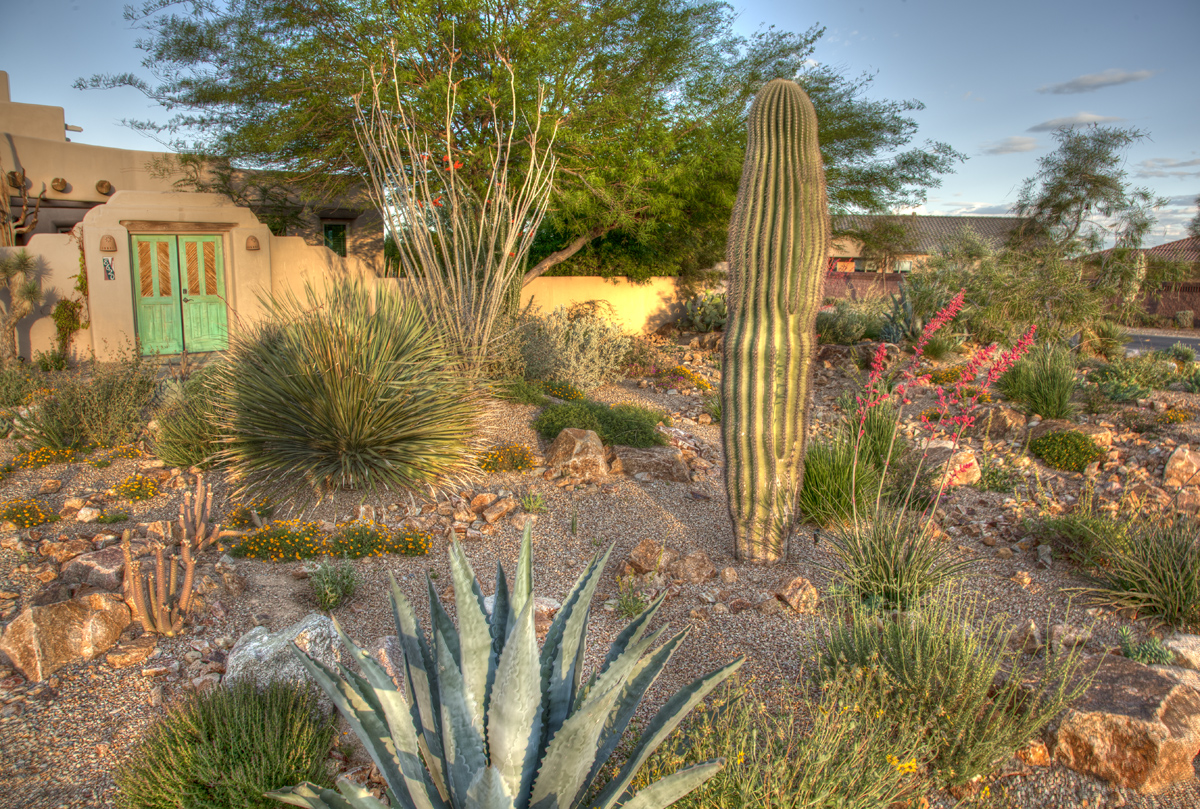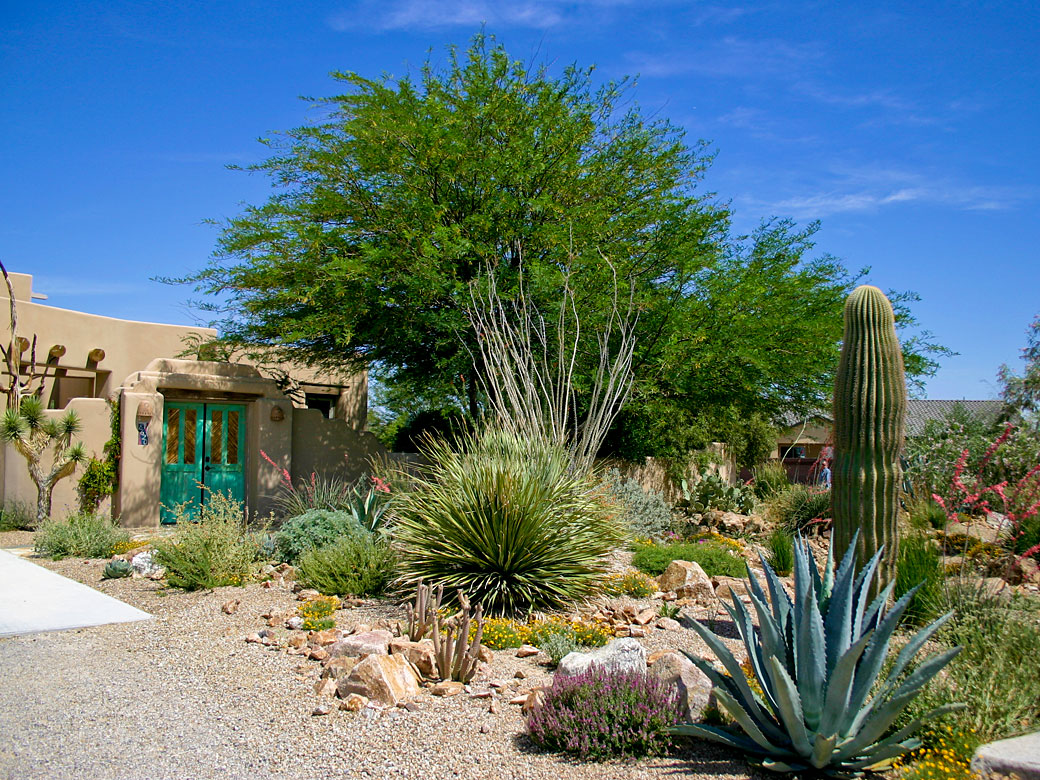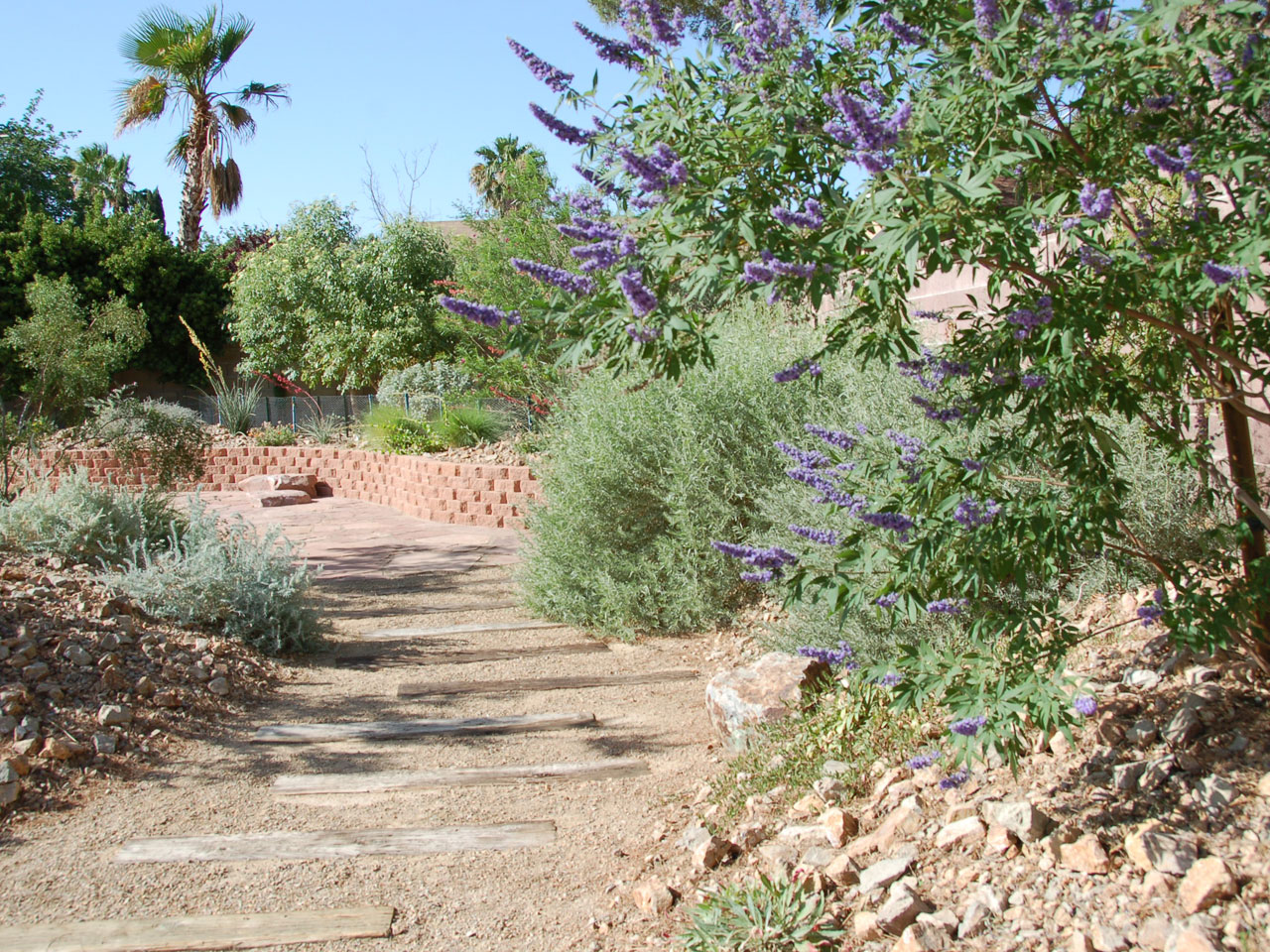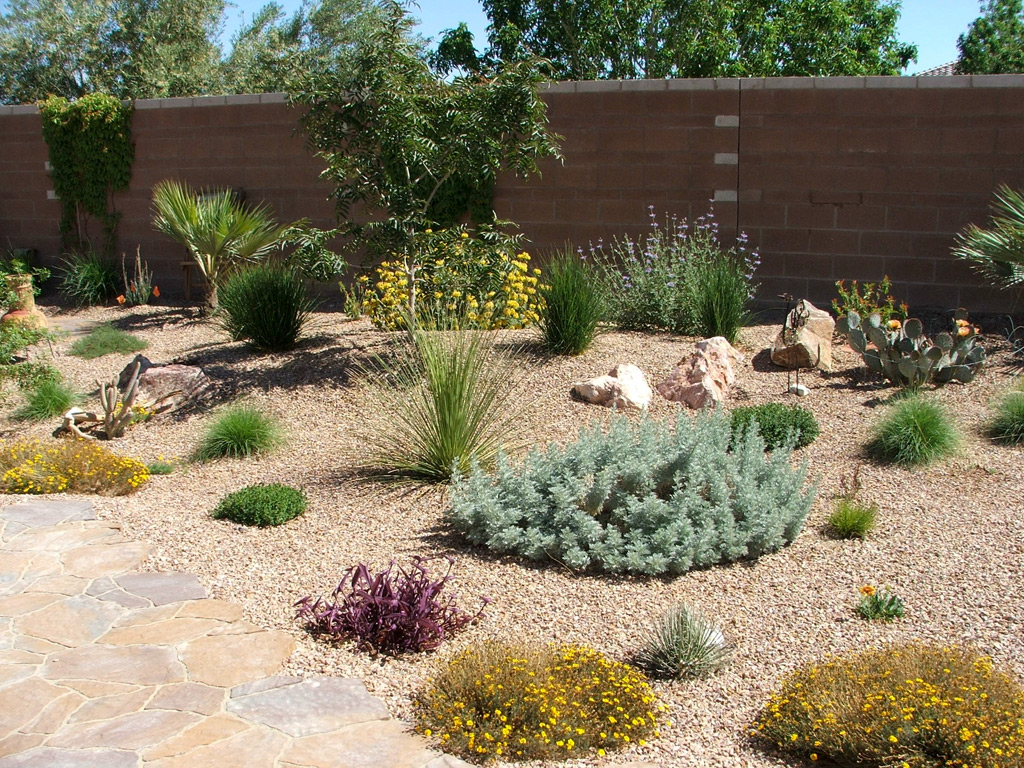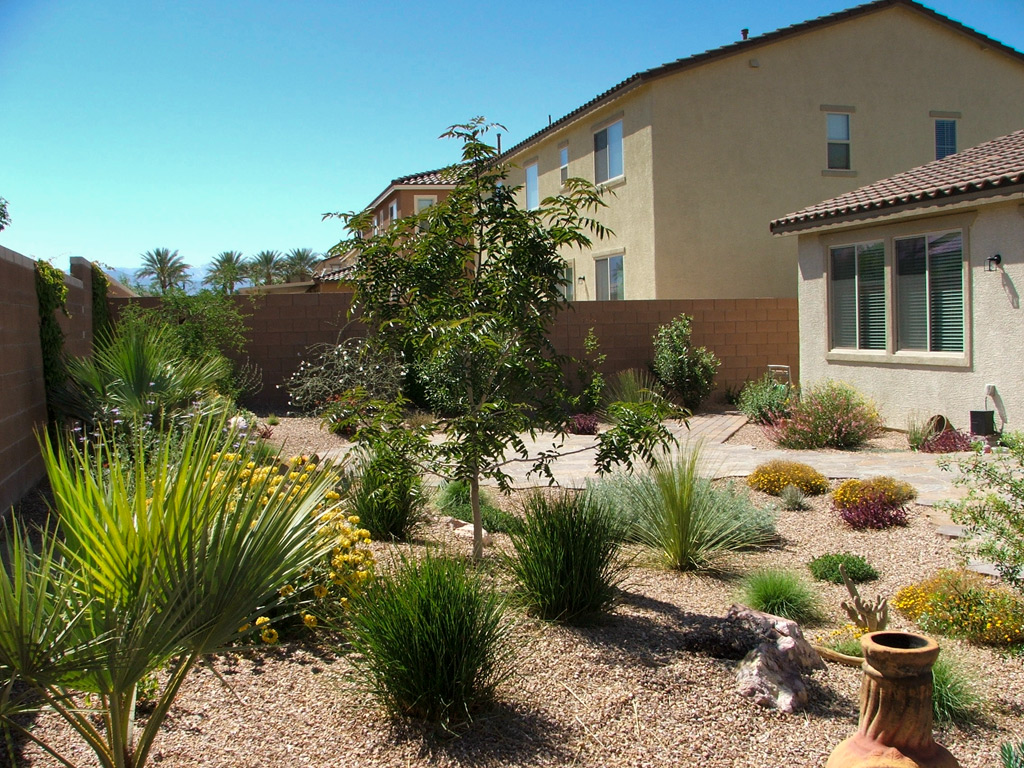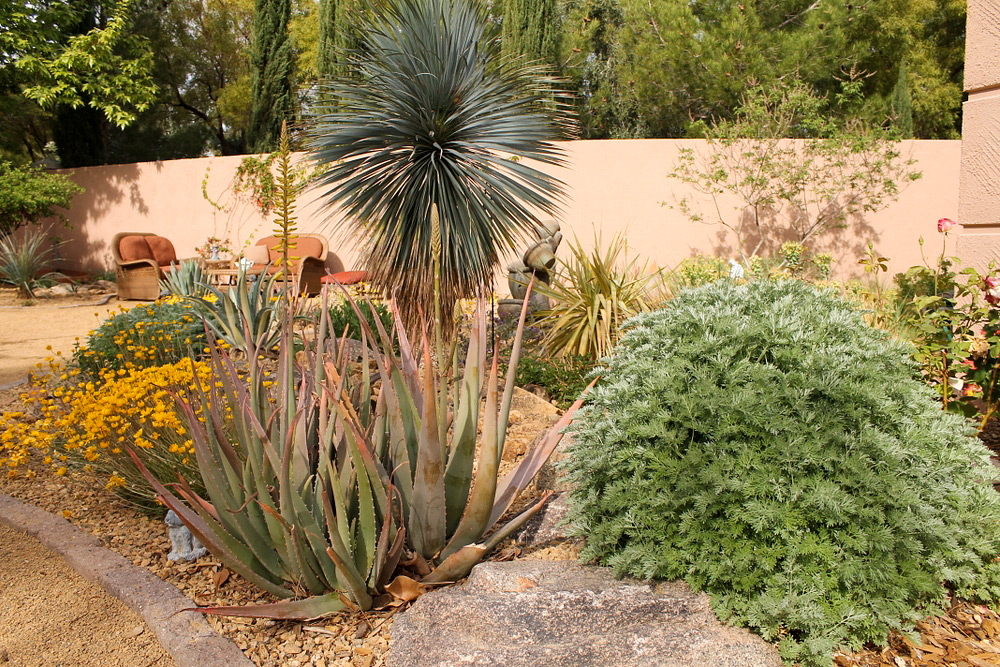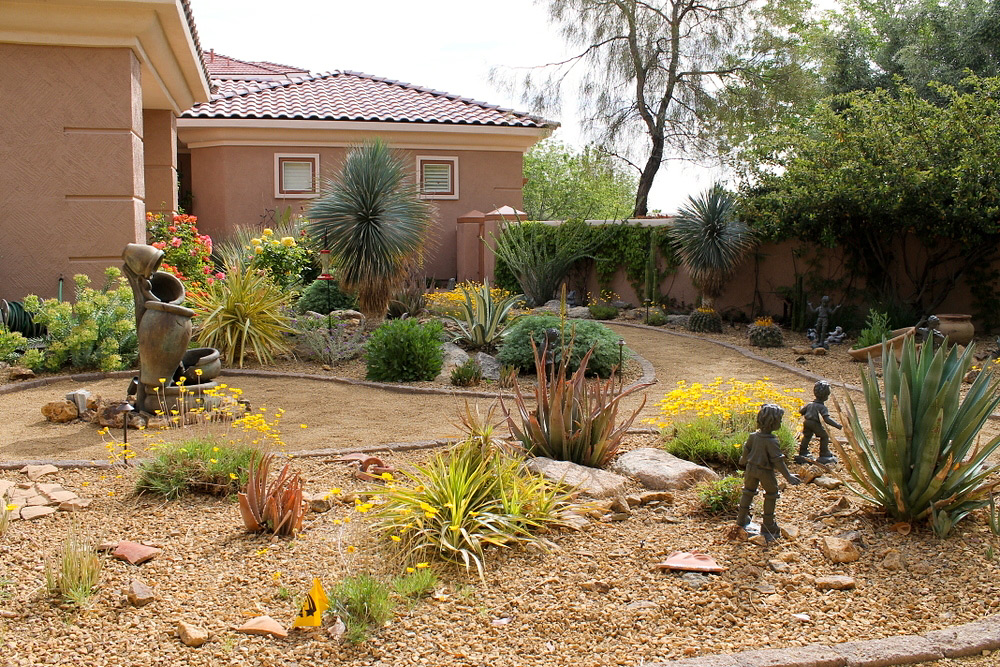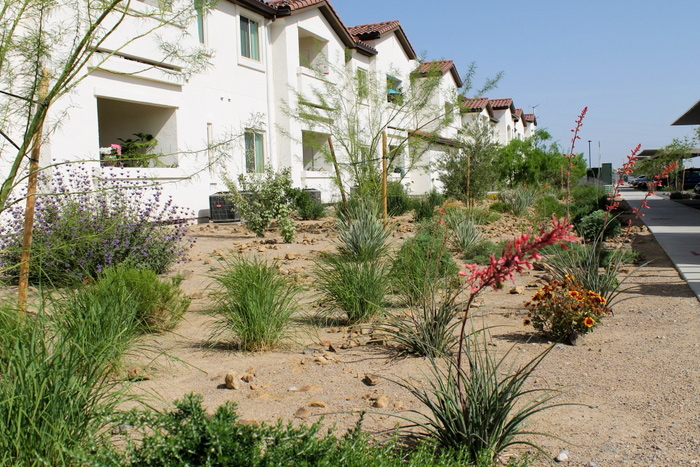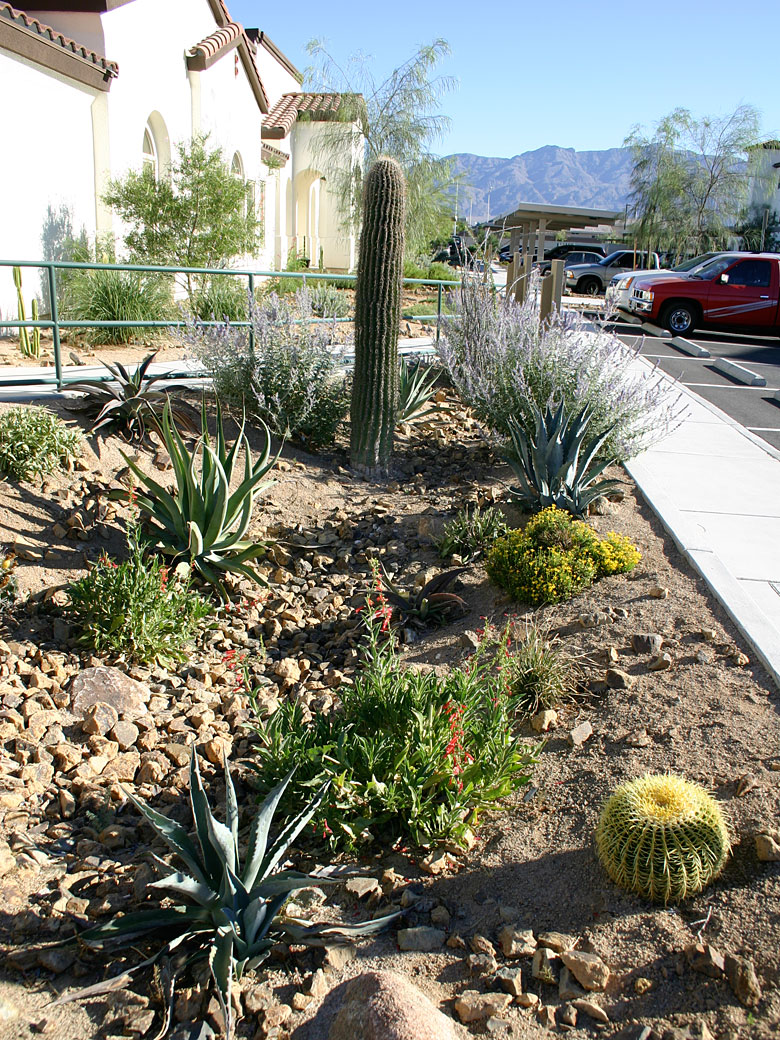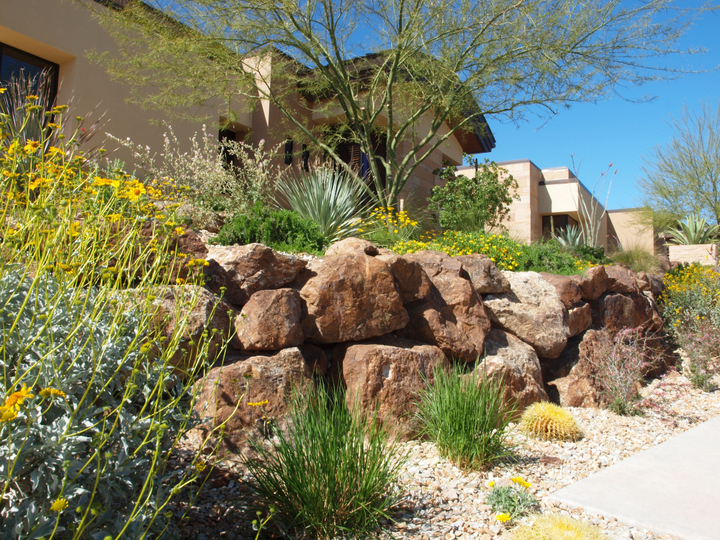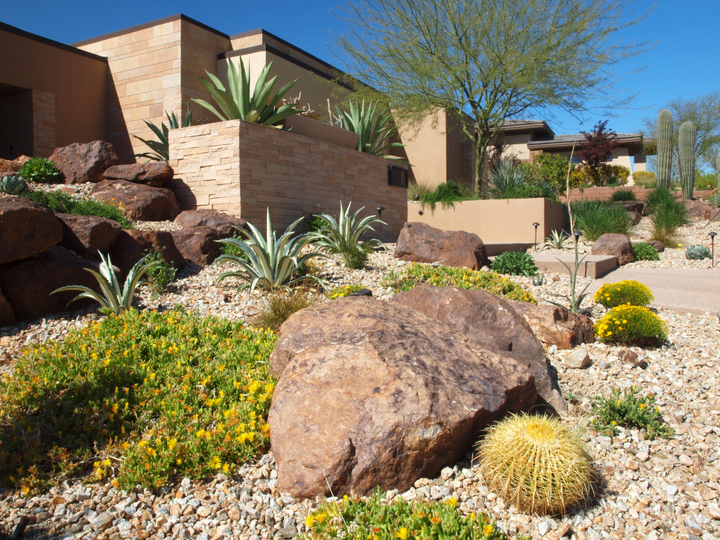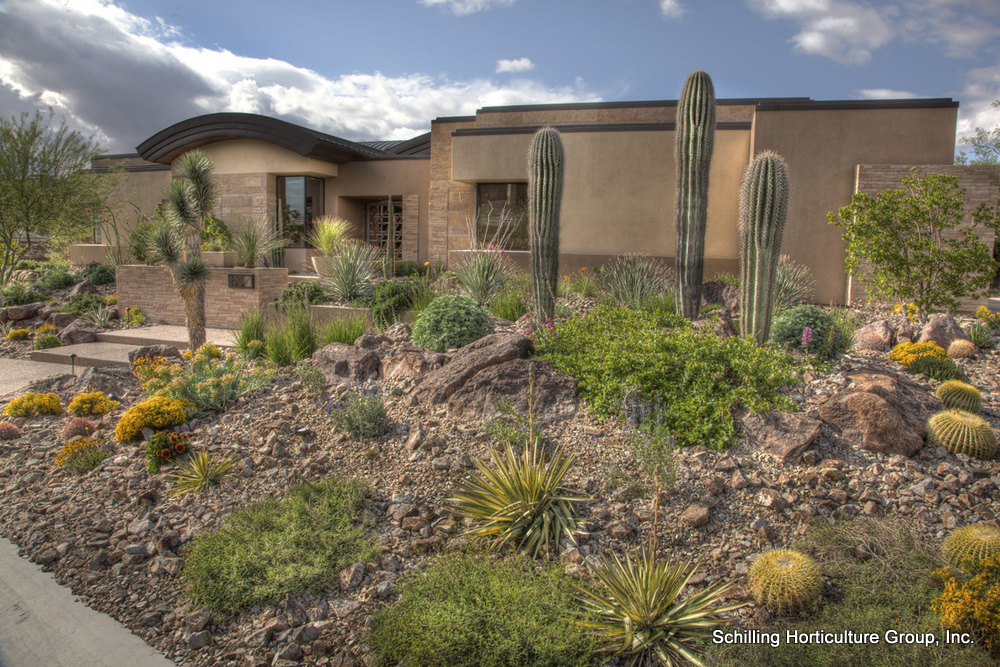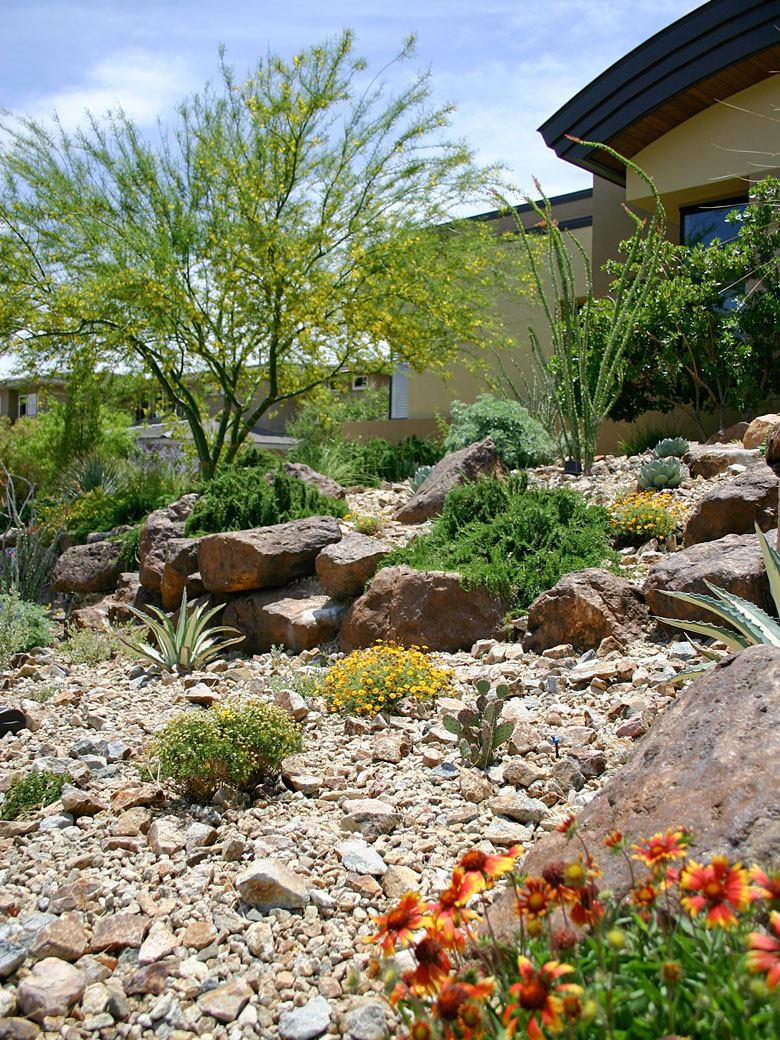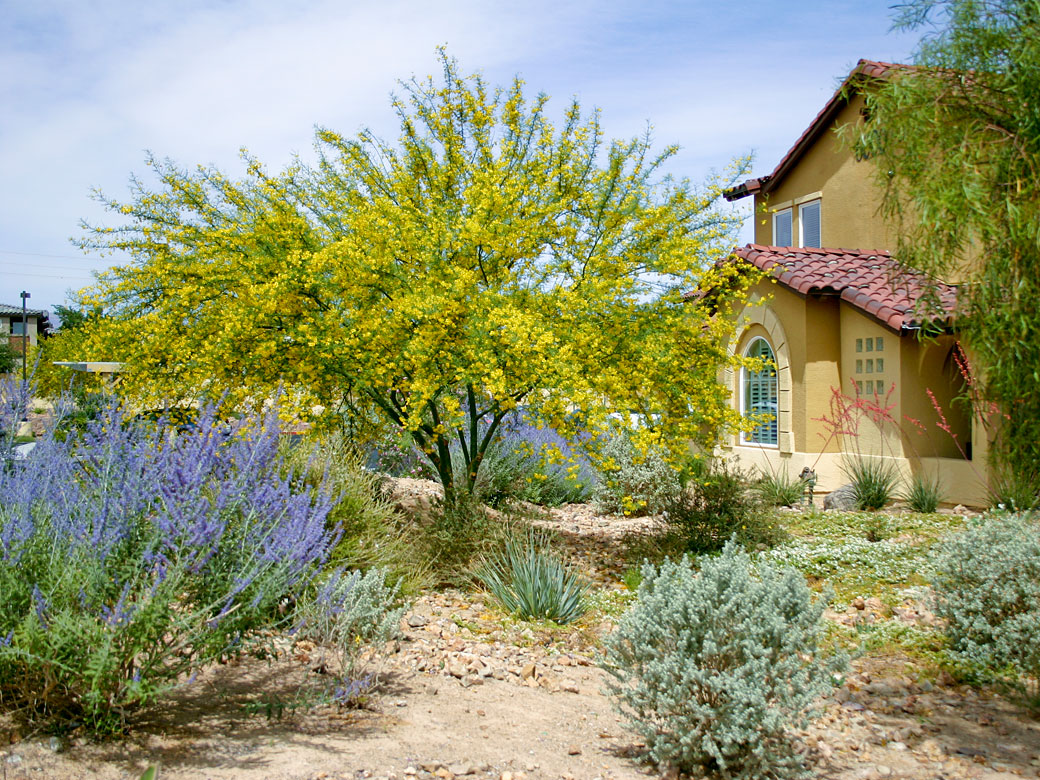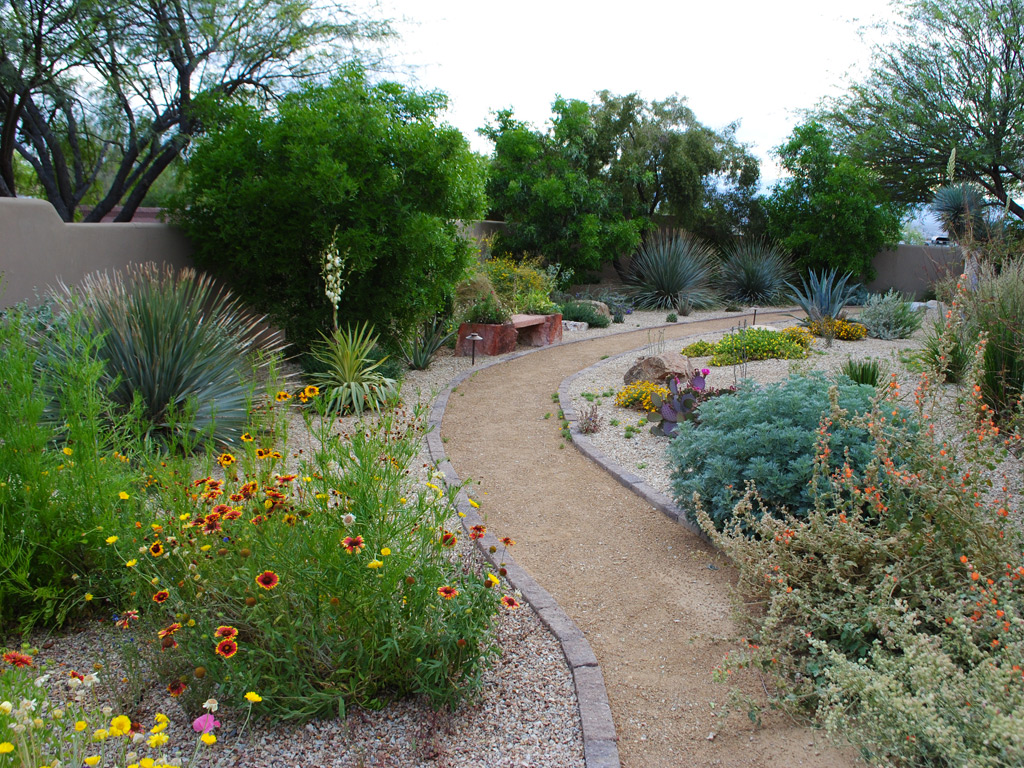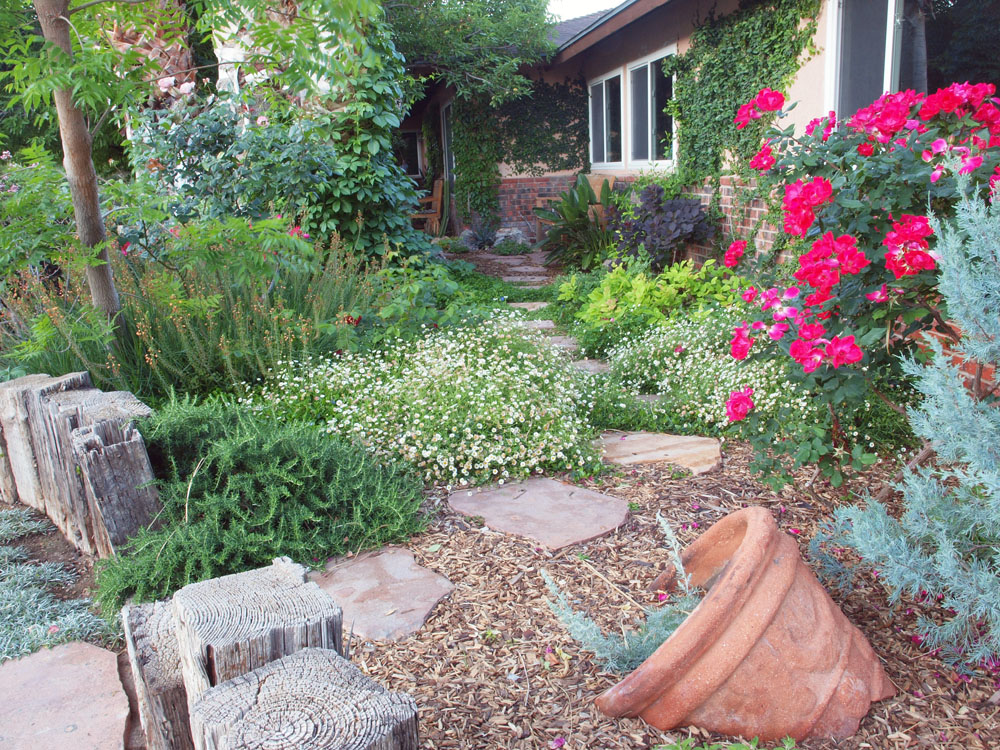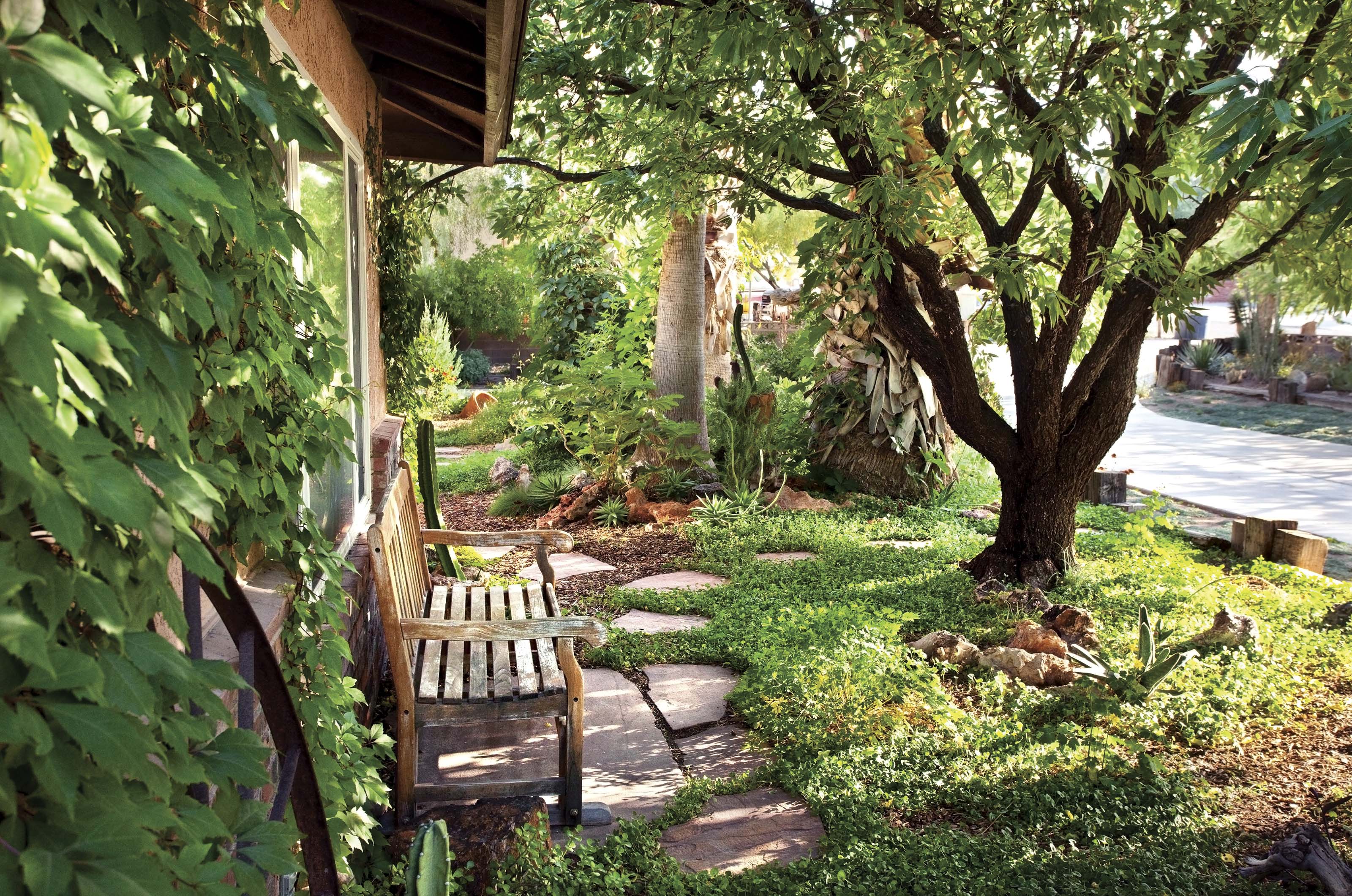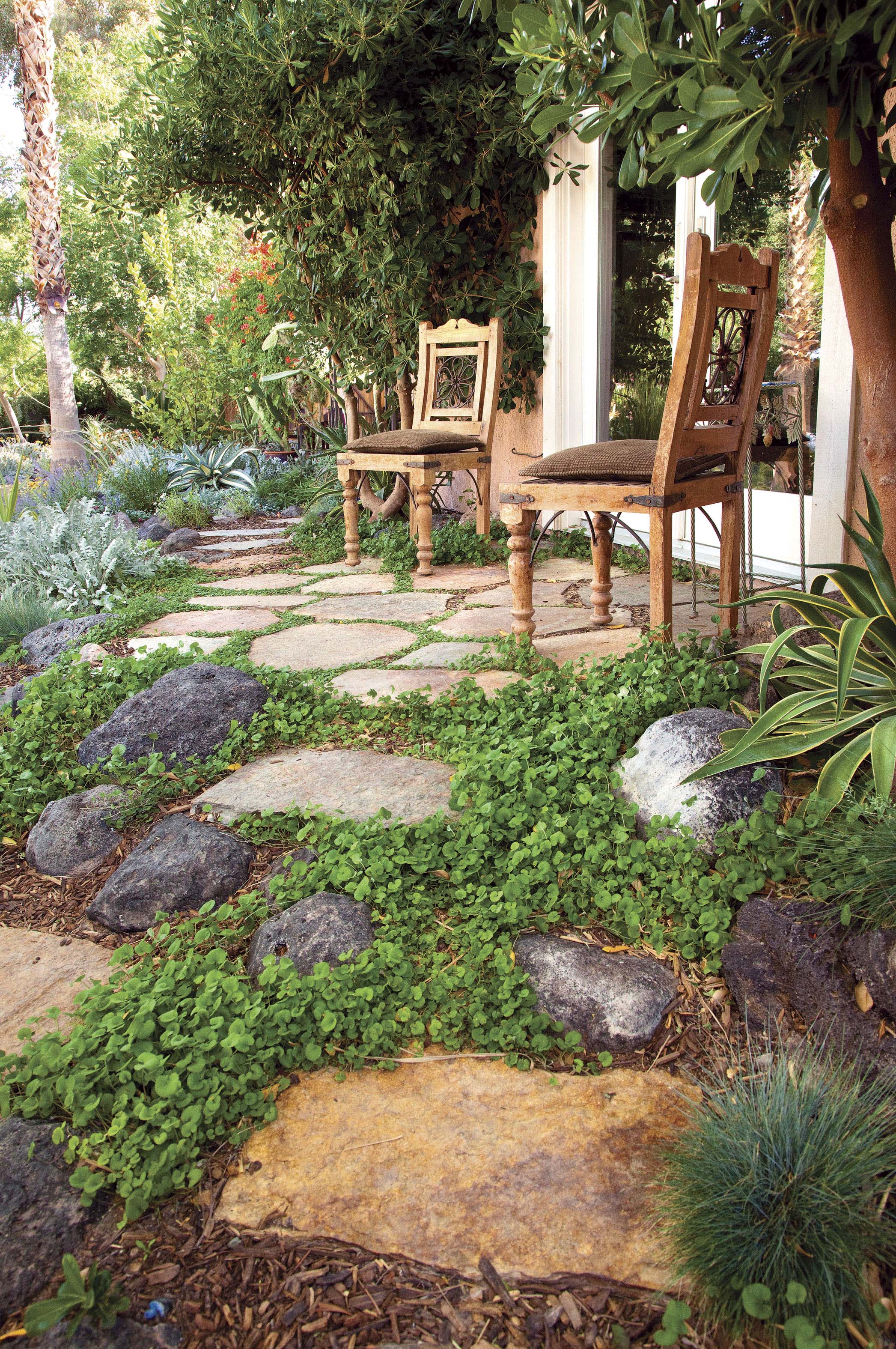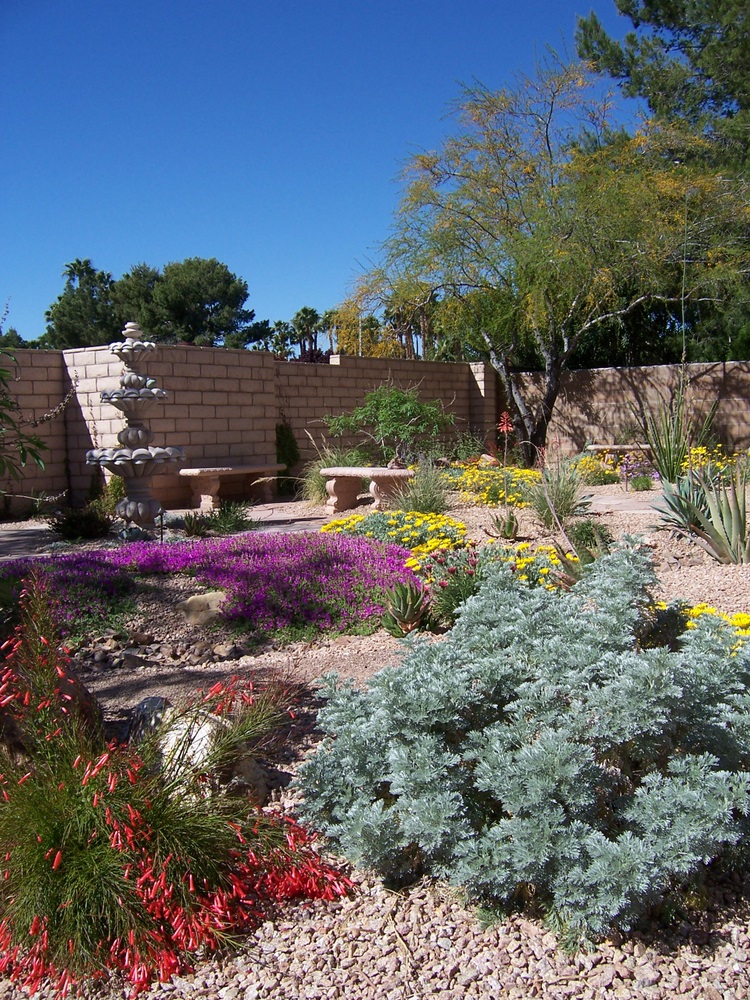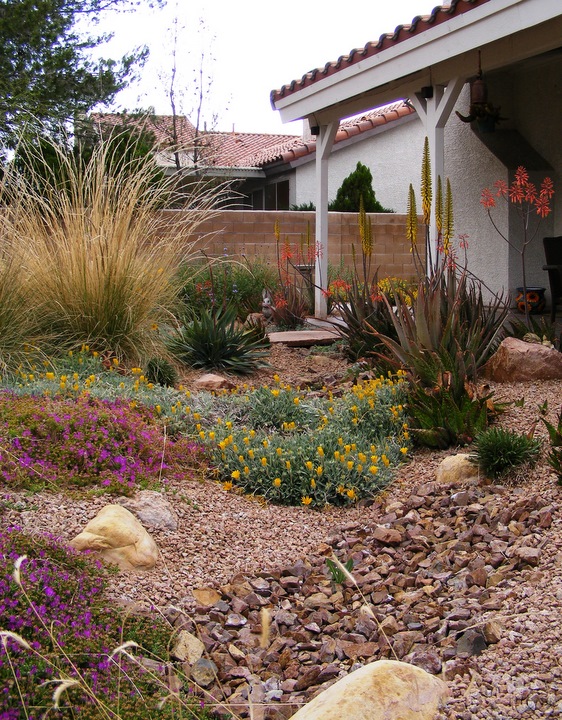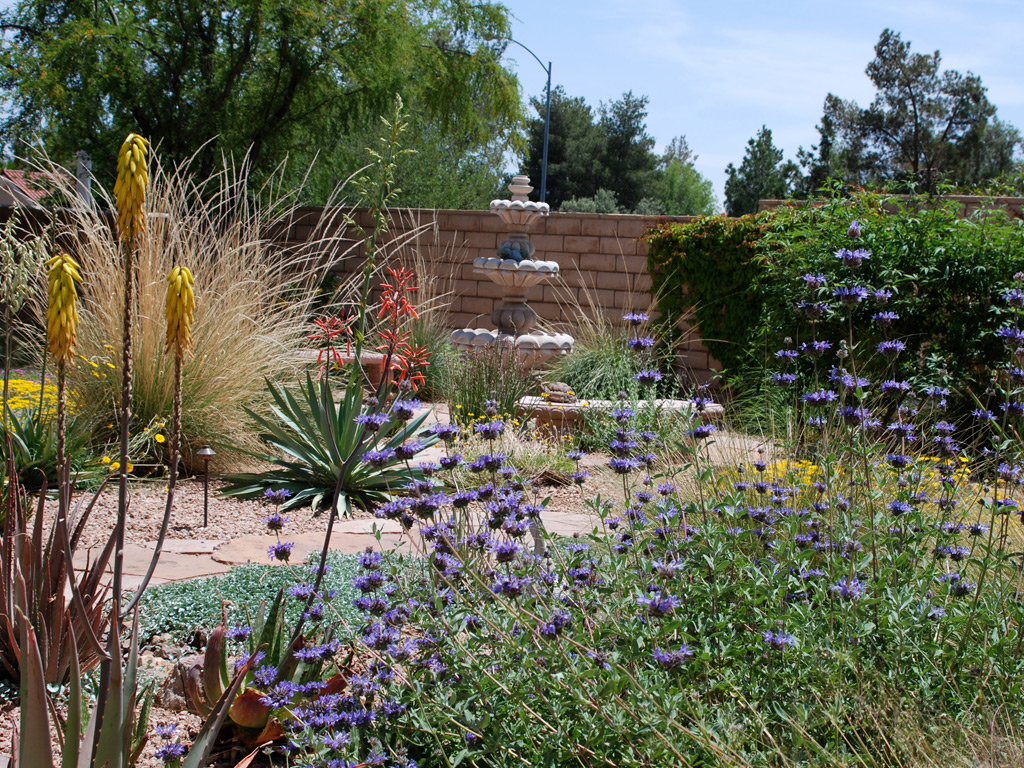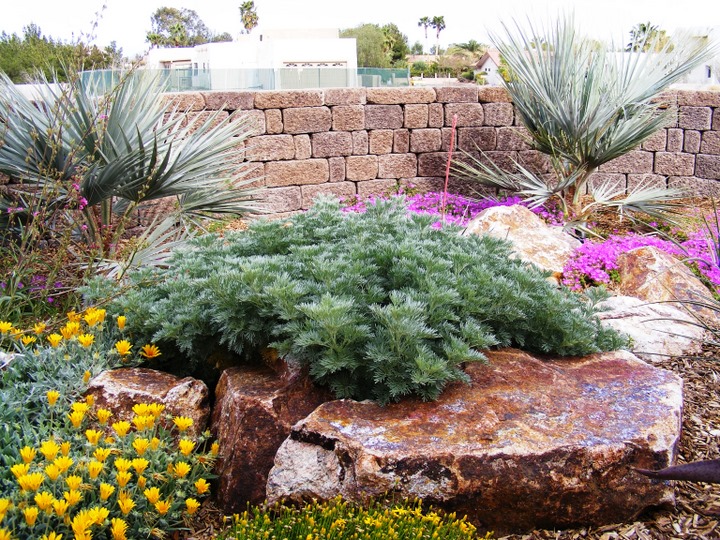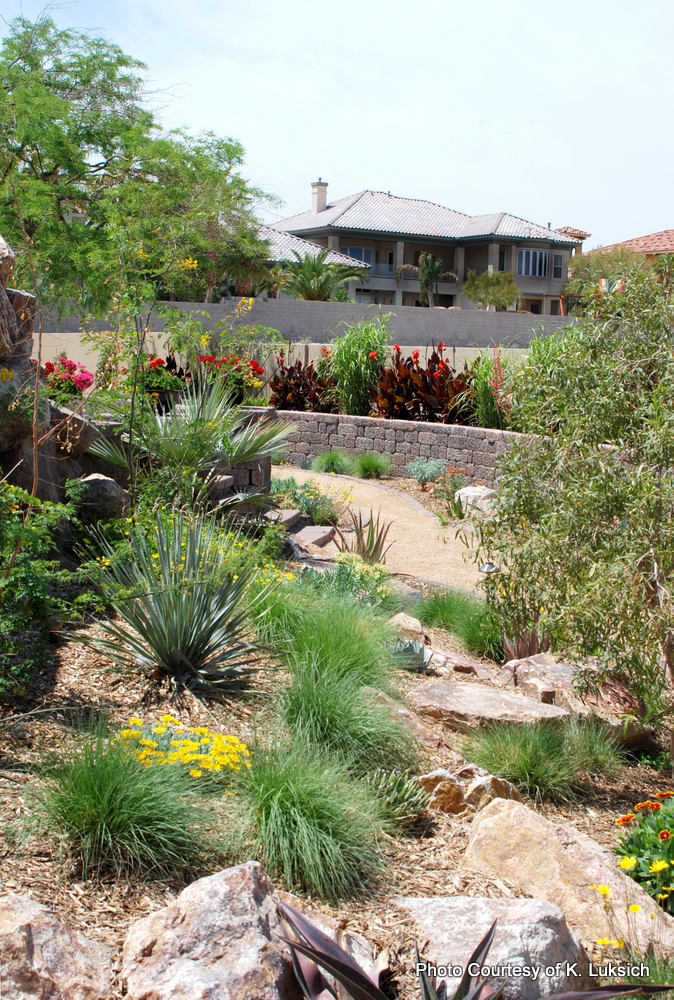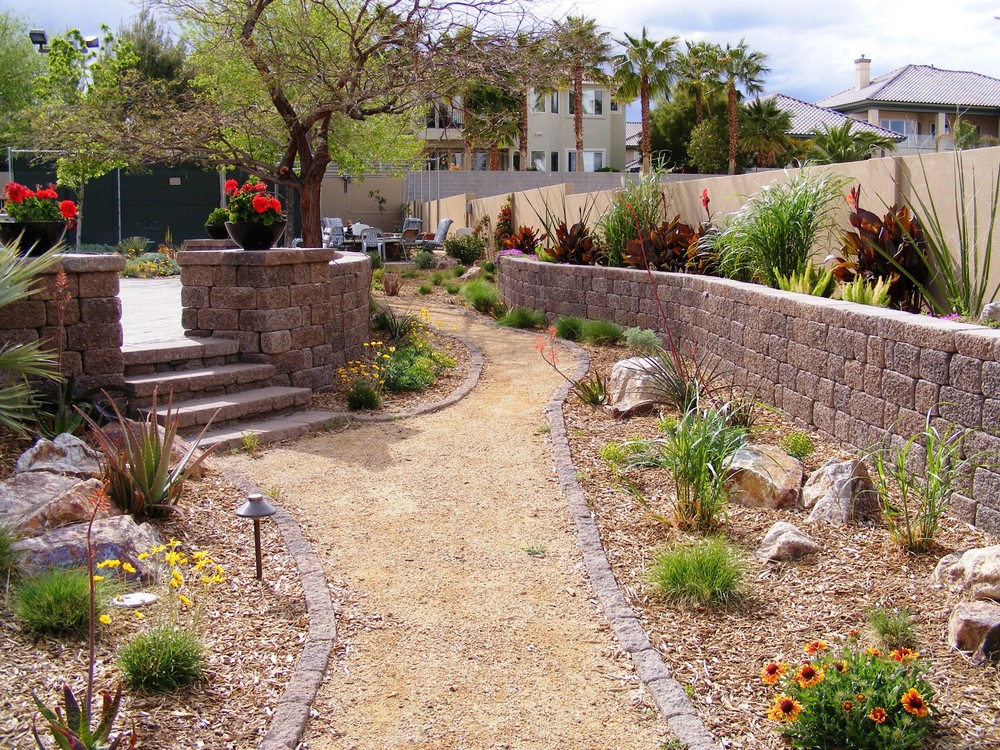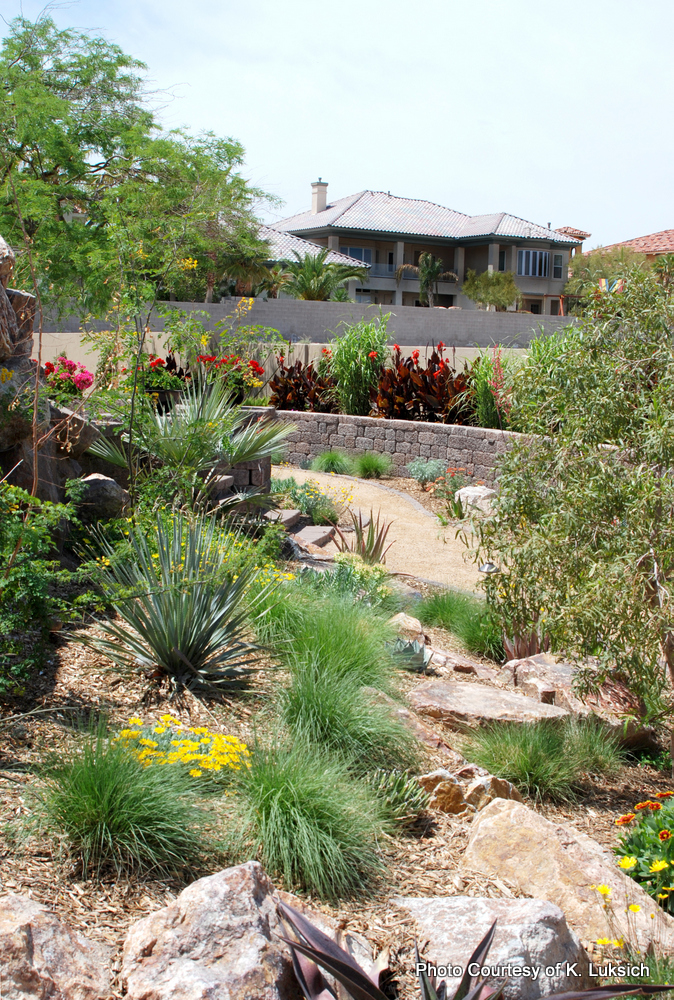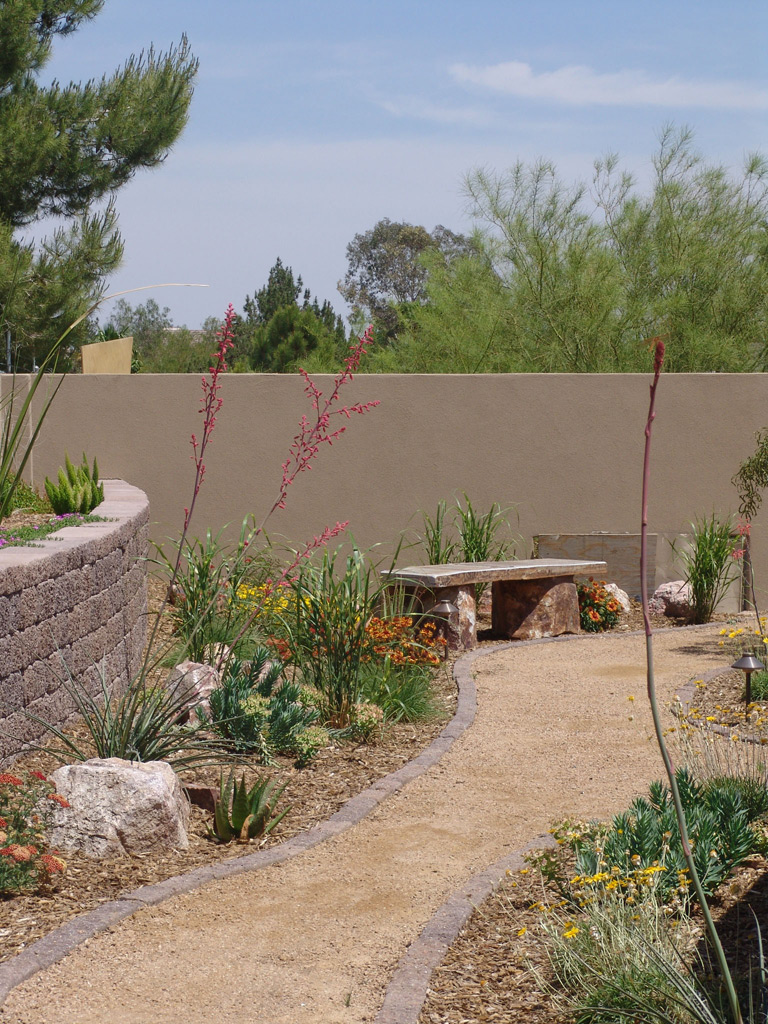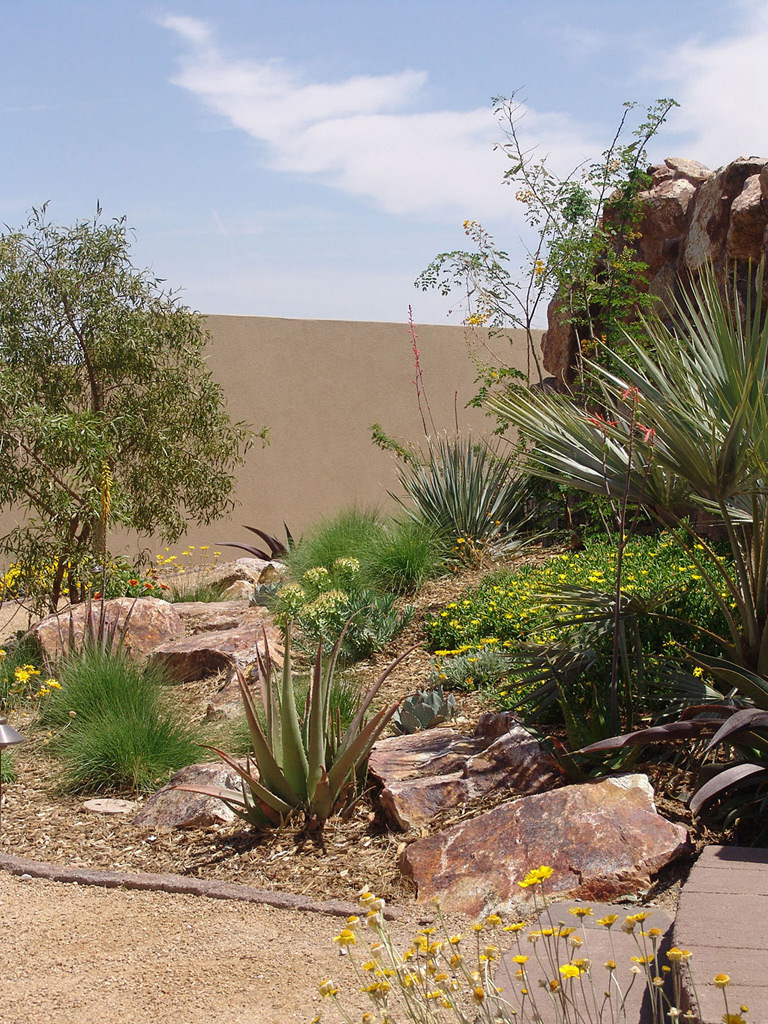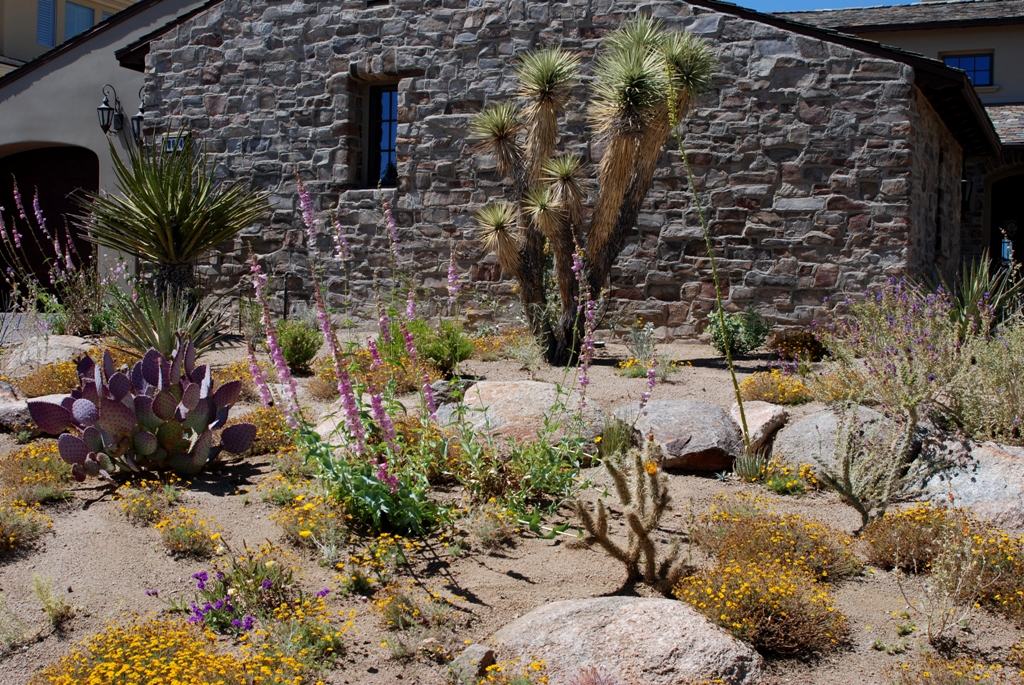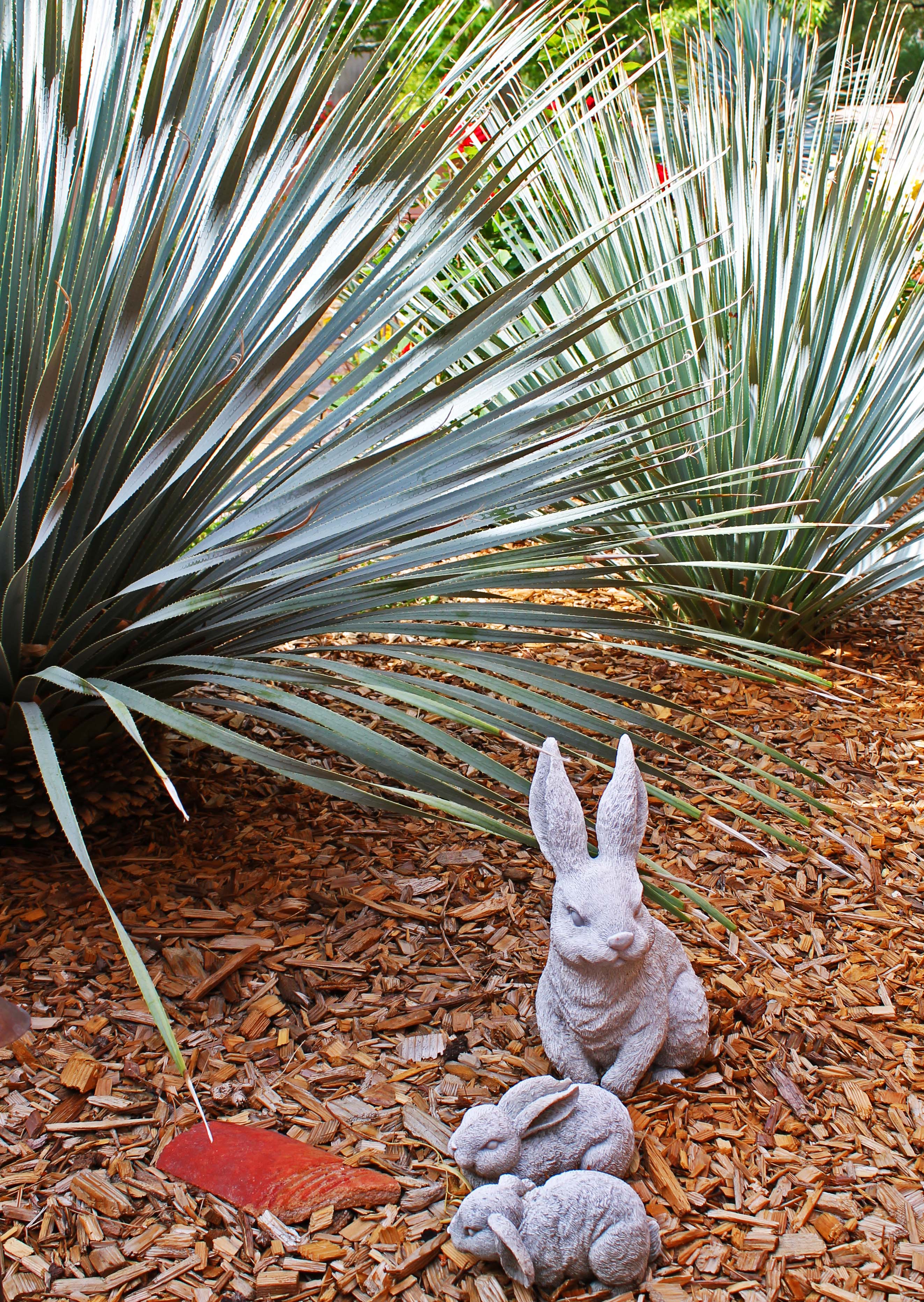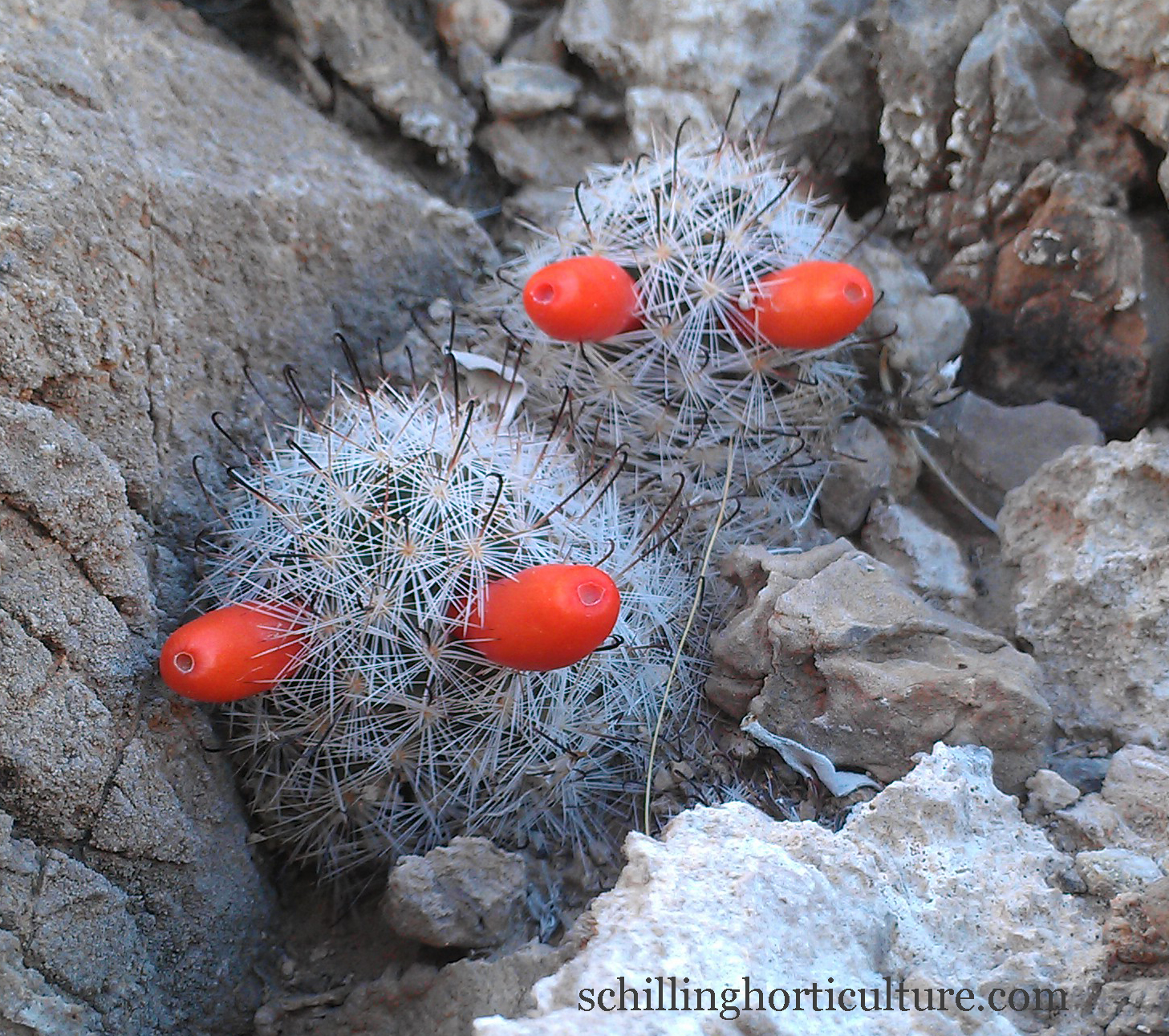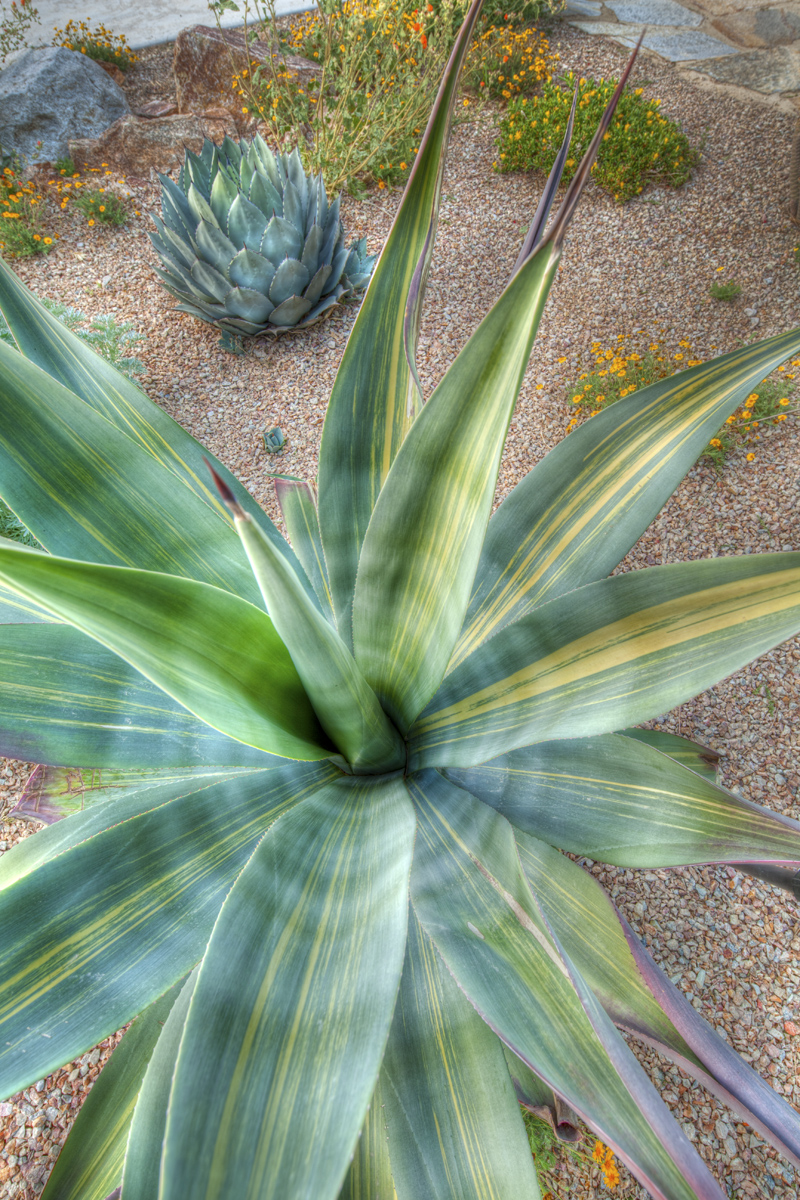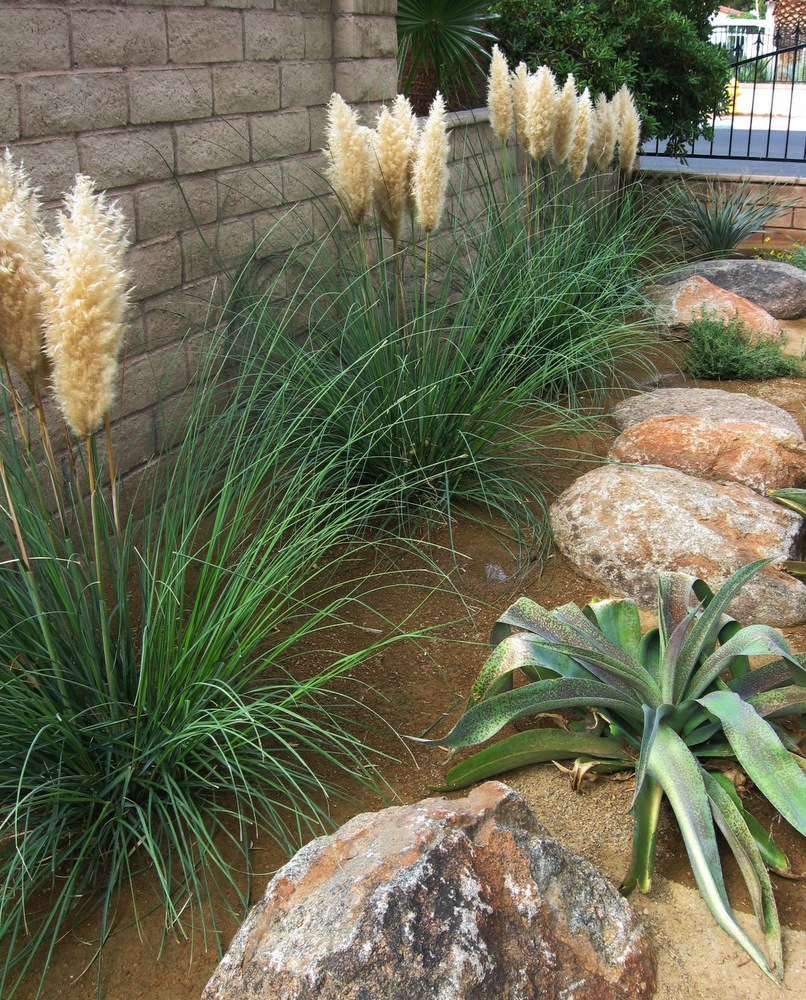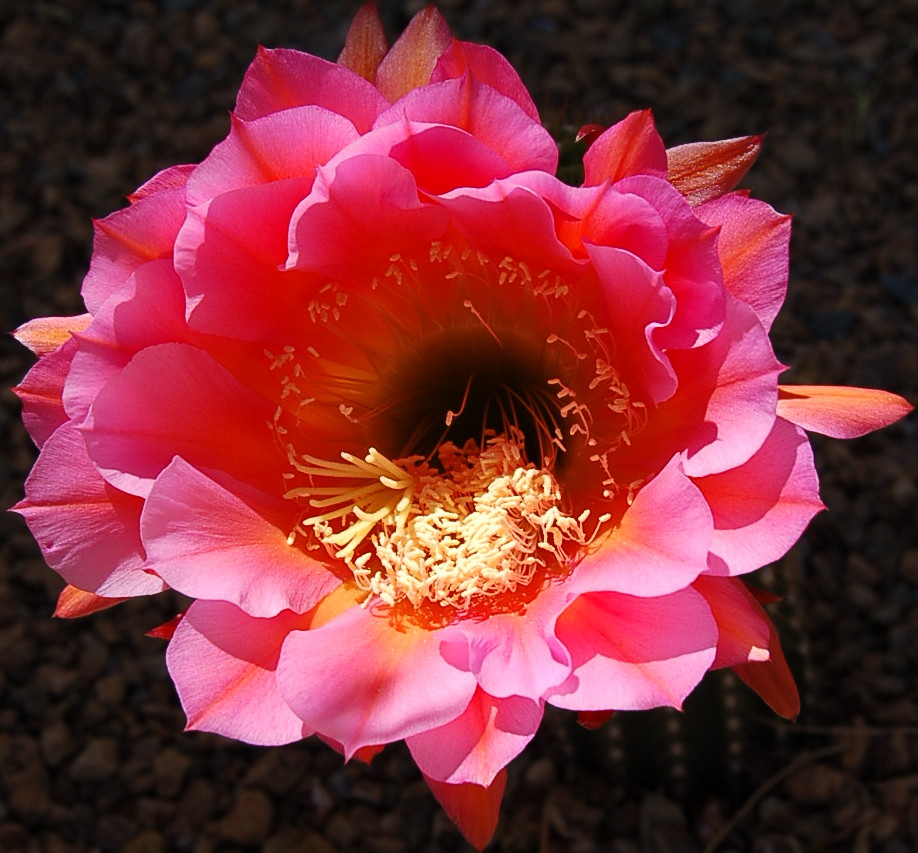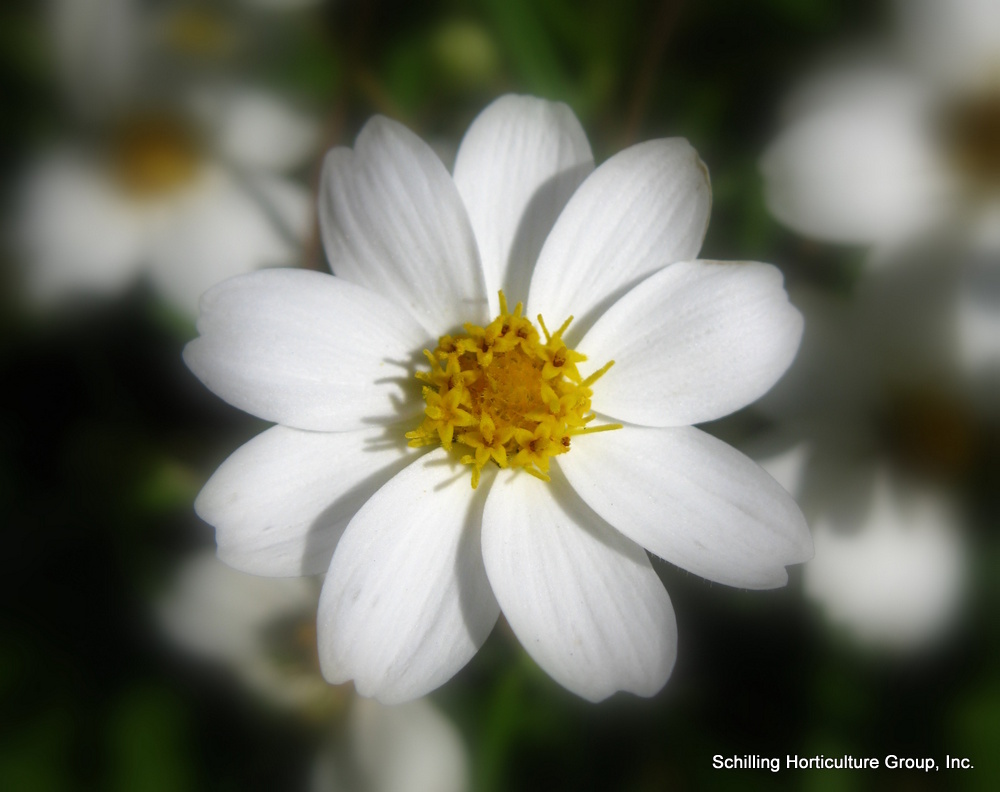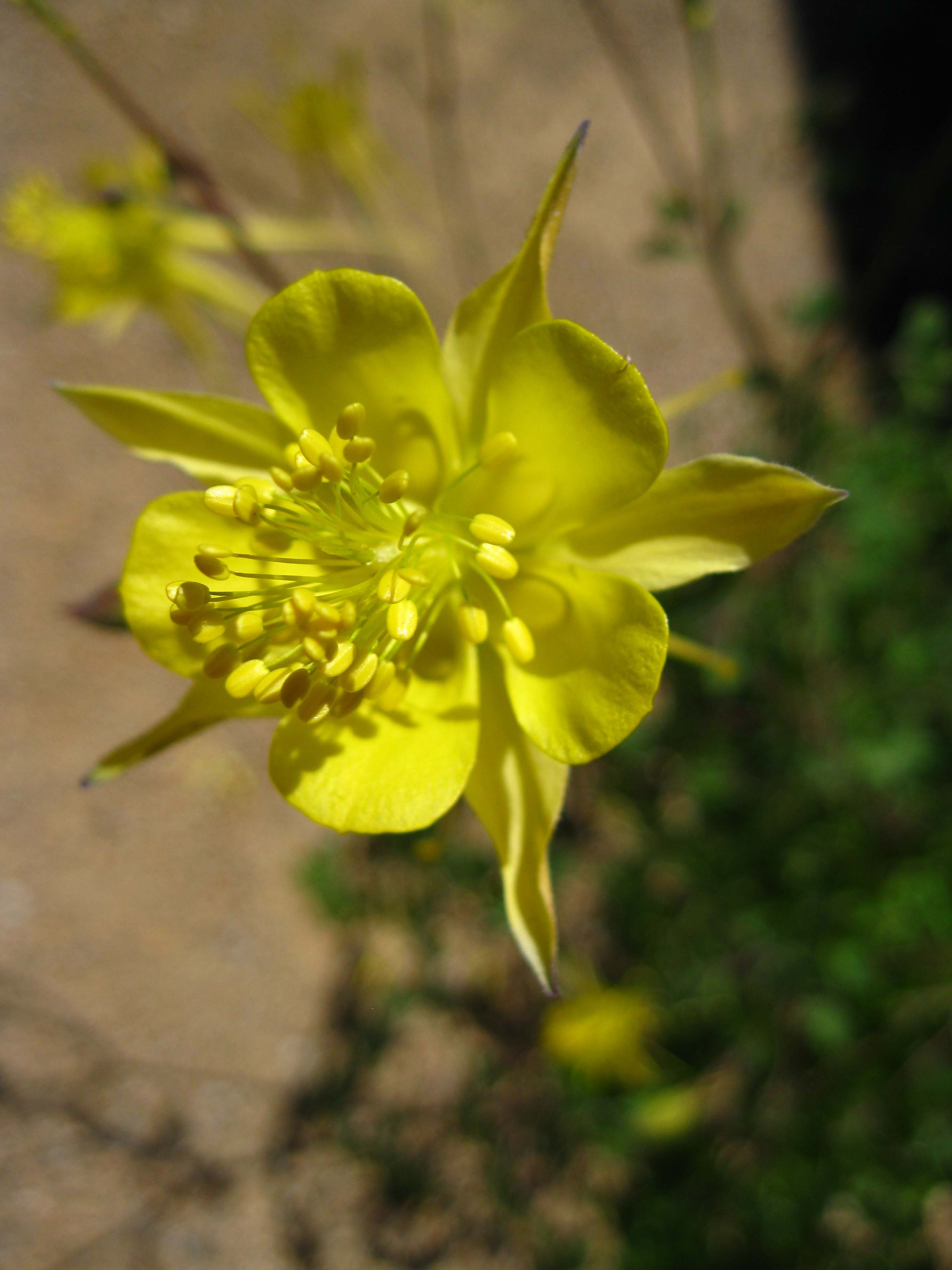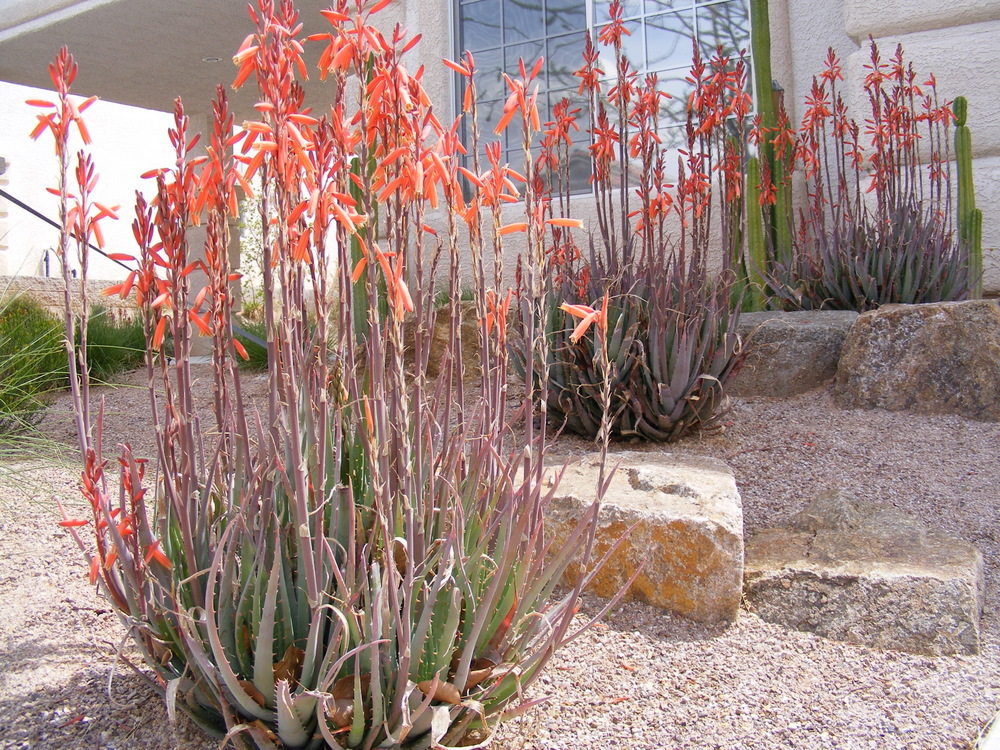My pocket saw is one of my favorite tools, in part because I really do enjoy pruning, but also because it packs so much power in the garden. Sometimes also called a folding saw, both names derive from the fact that you fold it up and stick it in your pocket. They’re small, light-weight and handy.
A good quality pocket saw can easily handle cutting branches up to 3 or 4” in diameter and can even prune through wood as much as 6” around if needed. I use mine for all cuts greater than ½ – ¾”; if my hand pruners can’t easily handle the cut, the saw comes out.
Many people prefer to make such pruning cuts using loppers, however I always use a saw. This is because it’s important to realize that every cut made on living tissue is a wound, and just like you’d want a doctor to make clean, precise cuts if he were to operate on you, the same holds true for your patient…the tree or other woody perennial you’re working on. A saw makes such a cut by removing wood in small, precise quantities with each stroke. Loppers, on the other hand, use brute force to push the blade through tissue. This forceful cutting action can leave the tissue left behind bruised and damaged, whereas a saw won’t do that.
Further, a saw is much more maneuverable than loppers, so you can easily make the cut at the exact angle you desire, thereby making the least damaging wound possible.
A good quality pocket saw will run you about $24-30. I’ve used a Felco 600 folding saw for many years, but other brands exist and are just as good. Silky saws make a very small version that’s even more compact than the Felco. Corona produces one that advertises razor teeth that’s also quite good, but not quite up to the standards of Felco. Plan on spending at least $18-20, or you’re likely to end up with a saw that won’t work anywhere near as well.
When shopping for a saw make certain that it has a mechanism that will lock the blade in place. Also make sure that you can replace the blade…it’s cheaper and more ecological to do so than to have to purchase a whole new saw when your blade inevitably becomes dull. Because of the hundreds of cutting teeth, it’s impractical and virtually impossible to sharpen it.
To keep the blade sharp, keep your saw-blade out of the dirt. Nothing will dull a saw quicker that running it through soil. If you need to do root-pruning, keep an old saw or saw-blade on hand that you can use for such operations, or use hand-pruners for smaller cuts.
If you suspect the presence of disease on any plant, always sterilize the blade between cuts, and especially when you move from plant to plant, or else you risk spreading the disease. A bleach-water solution is often recommended, however it’s very corrosive to the tool you want to keep sharp. I’ve found that when I use medical sterility solutions they work just as well without damaging my saw. I use them on my hand-pruners as well. Next post I’ll talk about loppers; when to use them and when not to.



